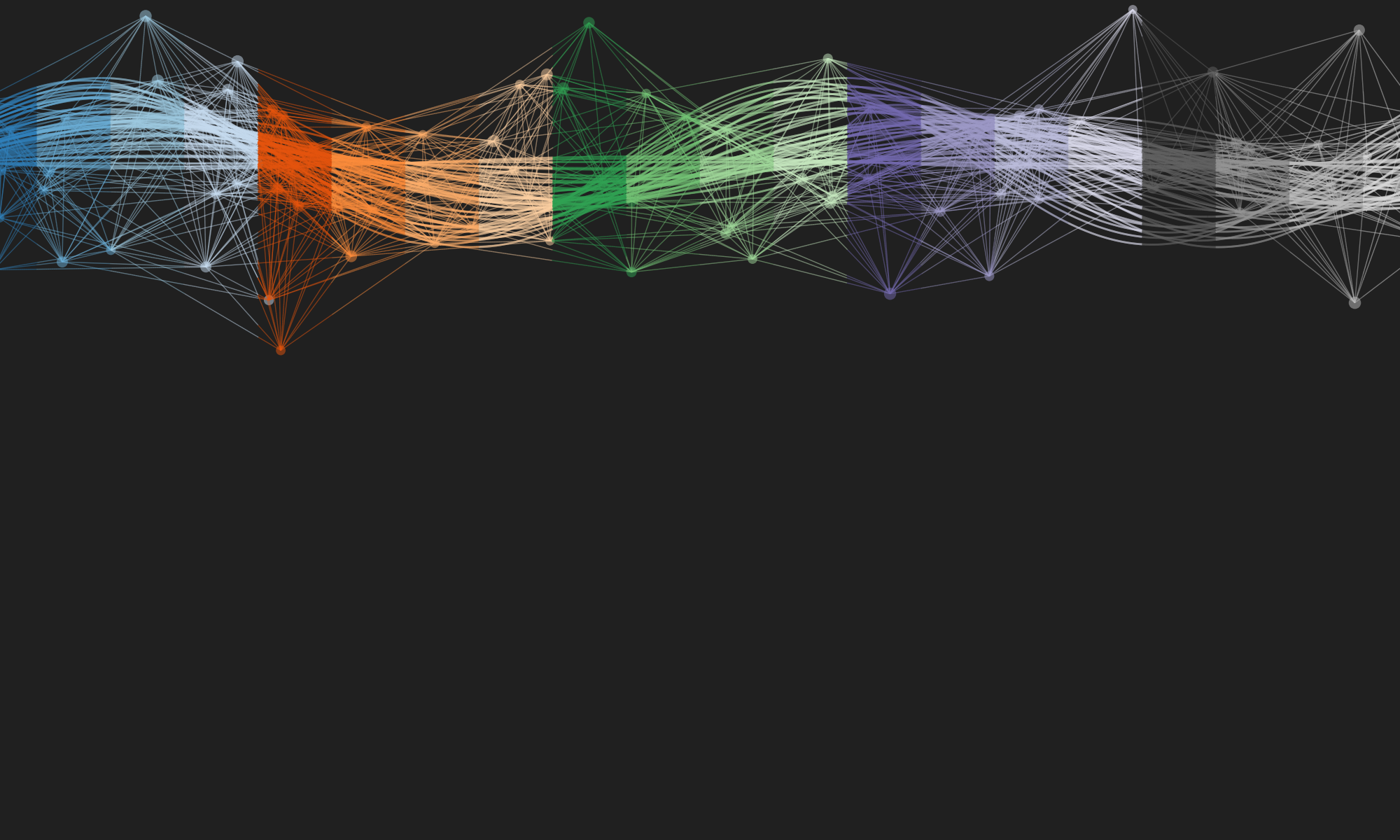Publications
Key: plain language summary
PhD thesis

Physics-informed machine learning: from concepts to real-world applications.
Investigated and discussed the challenges of scaling physics-informed machine learning (PIML) algorithms so that they can solve complex, real-world problems. Designed multiple different PIML algorithms for carrying out seismic simulation, low-light image enhancement, and thermal anomaly detection on the Moon.
Moseley, B. (2022).
University of Oxford.
Thesis
Peer-reviewed journal / main conference papers
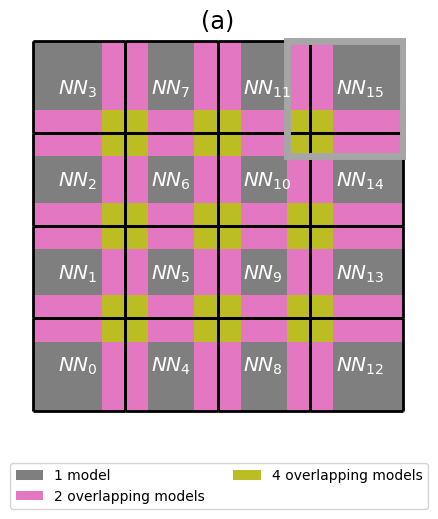
Finite Basis Physics-Informed Neural Networks (FBPINNs): a scalable domain decomposition approach for solving differential equations.
Proposed a new method for solving differential equations which is able to scale to large problems by using physics-informed neural networks and a divide-and-conquer strategy.
Moseley, B., Markham, A., Nissen-Meyer, T. (2023).
Advances in Computational Mathematics.
Paper Code
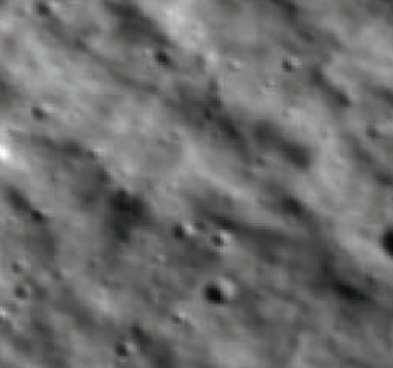
Super resolution of Lunar Satellite Images for Enhanced Robotic Traverse Planning: Maximizing the Value of Existing Data Products for Space Robotics.
Used deep learning to super-resolve images of the lunar surface by 2x, allowing us to see into small craters with higher detail.
Delgado-Centeno, J., Harder, P., Bickel, V., Moseley, B., et al (2023).
IEEE Robotics & Automation Magazine.
Paper

Cryogeomorphic Characterization of Shadowed Regions in the Artemis Exploration Zone.
Used deep learning to enhance satellite images of proposed landing sites on the Moon for NASA’s crewed Artemis mission, in particular those which contain permanently shadowed regions, allowing us to see into them with unprecedented detail for the first time.
Bickel, V., Moseley, B., Hauber, E., Shirley, M., Williams, J.-P., Kring, D. (2022).
Geophysical Research Letters.
Paper News article

Extreme Low-Light Environment-Driven Image Denoising Over Permanently Shadowed Lunar Regions With a Physical Noise Model.
Used a combination of physical modelling and deep learning to enhance noisy satellite images of permanently shadowed regions on the Moon.
Moseley, B., Bickel, V., Lopez-Francos, I. G., Rana, L. (2021).
IEEE/CVF Conference on Computer Vision and Pattern Recognition (CVPR).
Paper Blog post

Peering into Lunar Permanently Shadowed Regions with Deep Learning.
Used deep learning to enhance satellite images of many different permanently shadowed regions on the Moon, allowing us to see features within these regions down to 3 m in size for the first time.
Bickel, V., Moseley, B., López-Francos, I., Shirley, M. (2021).
Nature Communications.
Paper News article
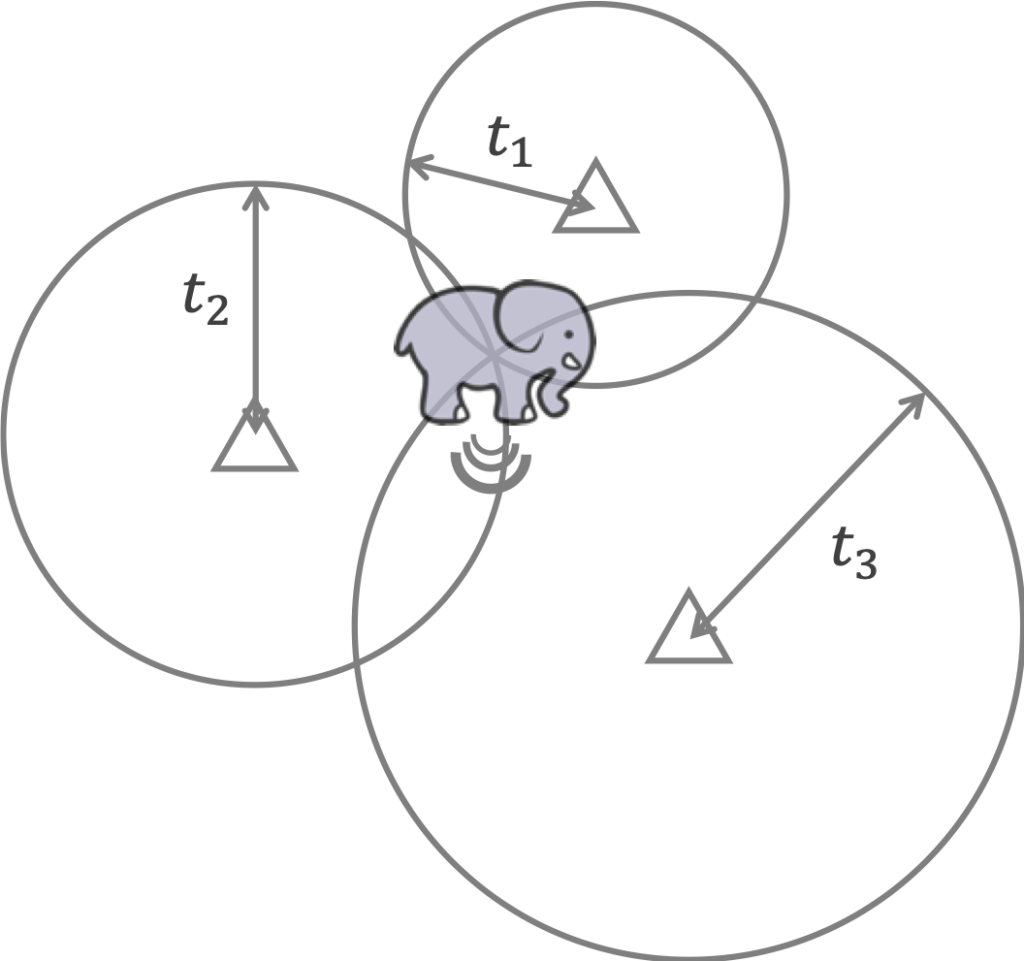
Seismic localization of elephant rumbles as a monitoring approach.
Showed that the location of elephants can be accurately determined by using the ground vibrations they make whilst calling each other and a positioning algorithm which is able to say how uncertain it is.
Reinwald, M., Moseley, B., Szenicer, A., Nissen-Meyer, T., …, Mortimer, B. (2021).
Journal of The Royal Society Interface.
Paper Code News article Blog post
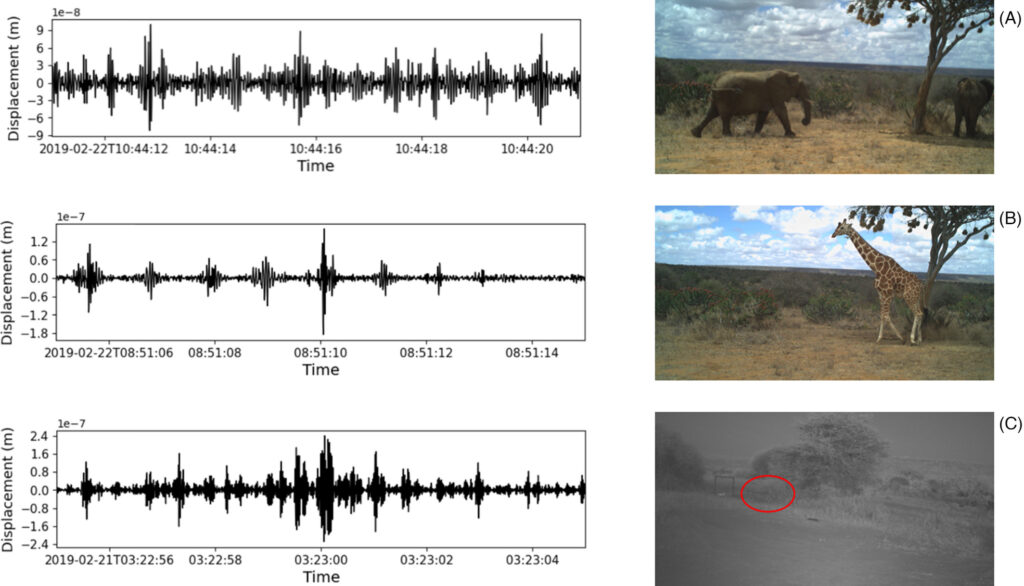
Seismic savanna: Machine learning for classifying wildlife and behaviours using ground-based vibration field recordings.
Szenicer, A., Reinwald, M., Moseley, B., Nissen-Meyer, T., …, Mortimer, B. (2021).
Showed machine learning can identify elephants and other animals using the seismic vibrations they make.
Remote Sensing in Ecology and Conservation.
Paper Code
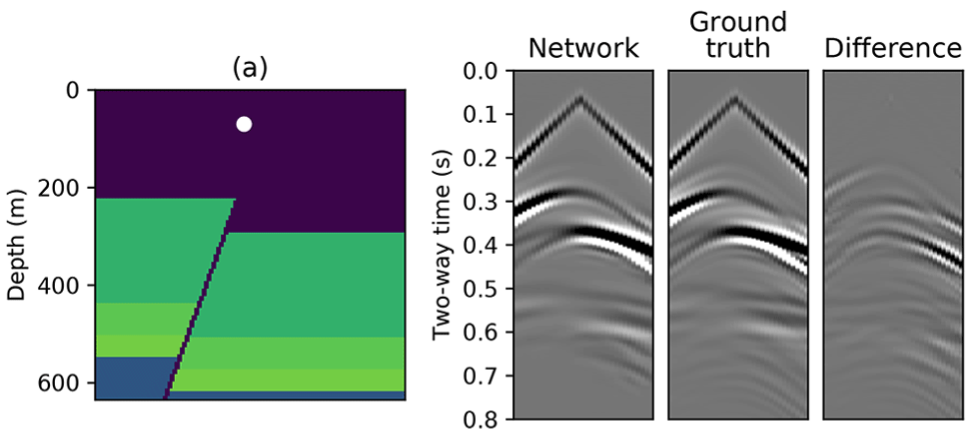
Deep learning for fast simulation of seismic waves in complex media.
Discussed in detail the advantages and challenges of using deep learning for simulating seismic waves, and presented multiple deep neural networks which can significantly accelerate traditional methods.
Moseley, B., Nissen-Meyer, T., Markham, A. (2020).
Solid Earth.
Paper Code

Unsupervised Learning for Thermophysical Analysis on the Lunar Surface.
Used machine learning to disentangle the underlying factors of variation in the Moon’s surface temperature, allowing us to identify thermal anomalies on the surface and verify existing physical models.
Moseley, B., Bickel, V., Burelbach, J., Relatores, N. (2020).
The Planetary Science Journal.
Paper News article Blog post
Preprints
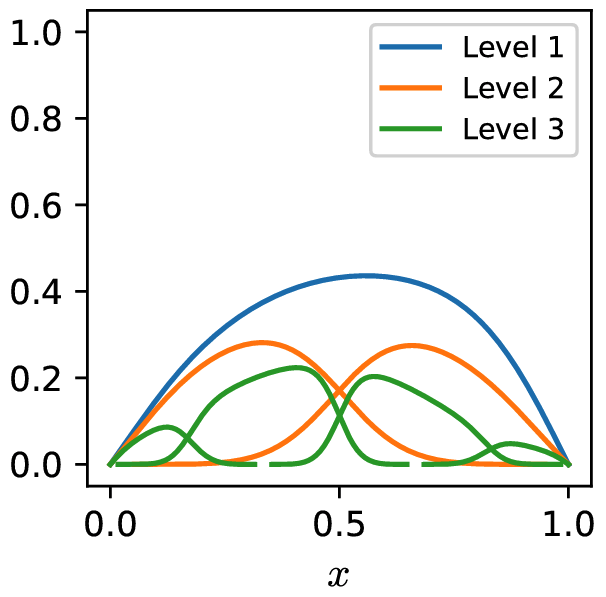
Multilevel domain decomposition-based architectures for physics-informed neural networks.
Improved the performance of physics-informed neural networks by using multiple levels of domain decompositions to model different frequency scales in their outputs.
Dolean, V., Heinlein, A., Mishra, S., Moseley, B. (2023).
ArXiv.
Paper

Solving the wave equation with physics-informed deep learning.
Showed that physics-informed neural networks can be used to simulate complex wave physics, and potentially offer a faster approach than traditional simulation methods.
Moseley, B., Markham, A., Nissen-Meyer, T. (2020).
ArXiv.
Paper
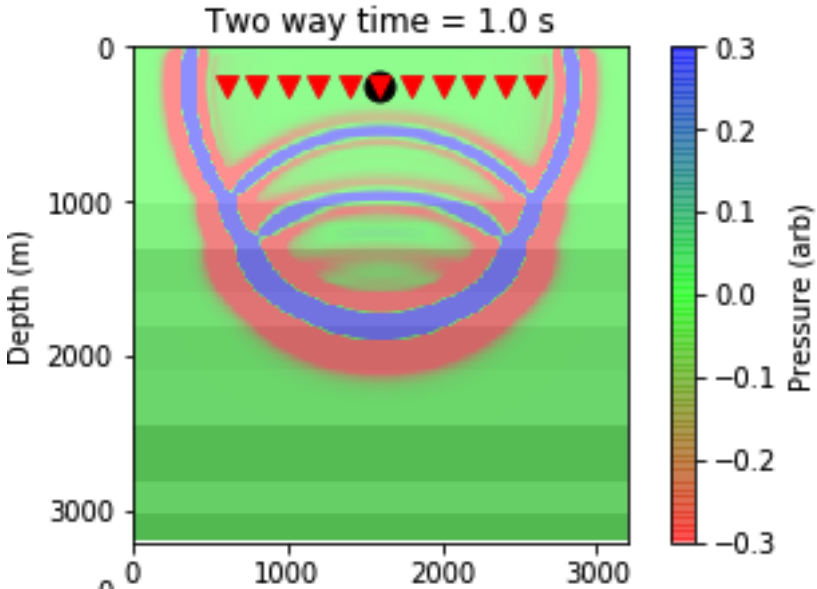
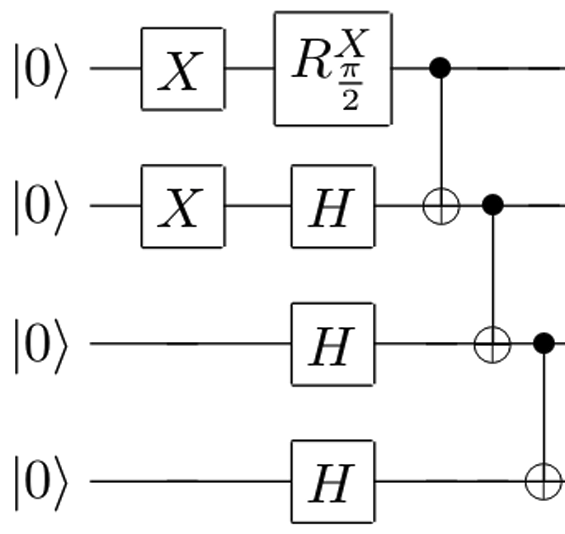
Bayesian optimisation for variational quantum eigensolvers.
Showed that optimisation algorithms that are uncertain about their inputs can effectively combat noise in quantum computers, allowing them to accurately and efficiently compute the ground state energy of molecules.
Moseley, B., Osborne, M., Benjamin, S. (2018).
Working paper.
Paper Code
Peer-reviewed workshops / conference proceedings
Finite basis physics-informed neural networks as a Schwarz domain decomposition method.
Dolean, V., Heinlein, A., Mishra, S., Moseley, B. (2022).
International Domain Decomposition Conference.
Paper
HORUS – unprecedented views into lunar shadowed regions.
Bickel, V., Moseley, B., López-Francos, I., Shirley, M. (2022).
Lunar and Planetary Science Conference.
Paper
Thermophysical Change Detection on the Moon with the Lunar Reconnaissance Orbiter Diviner sensor.
Bucci. S., Delgado-Centeno, J., Gaffinet, B., Liang, Z., Olivares, M., Bickel, V., Moseley, B. (2022).
Workshop on Machine Learning and the Physical Sciences, NeurIPS.
Paper
Scaling physics-informed neural networks to large domains by using domain decomposition.
Moseley, B., Markham, A., Nissen-Meyer, T. (2021).
Workshop on The Symbiosis of Deep Learning and Differential Equations, NeurIPS.
Single Image Super-Resolution with Uncertainty Estimation for Lunar Satellite Images.
Delgado-Centeno, J., Harder, P., Moseley, B., Bickel, V., Ganju, S., Olivares, M., Kalaitzis, F. (2021).
Workshop on Deep Generative Models and Downstream Applications, NeurIPS.
Paper
Low-light image enhancement of permanently shadowed lunar regions with physics-based machine learning.
Moseley, B., Bickel, V., Zurich, E., Goettingen, M., López-Francos, I., Rana, L., …, Zuniga, A. (2020).
Workshop on Machine Learning and the Physical Sciences, NeurIPS.
Paper
A Big Data and AI-Driven Approach for Anomaly Detection on the Lunar Surface.
Bickel, V., Burelbach, J., Moseley, B., Relatores, N. (2020).
Lunar and Planetary Science Conference.
Paper
Unsupervised learning for thermal anomaly detection on the lunar surface.
Moseley, B., Bickel, V., Burelbach, J., Relatores, …, Wingo, D. (2019).
Workshop on Machine Learning and the Physical Sciences, NeurIPS.
Paper
NASA Frontier Development Lab: Lunar Resource Mapping – Data Fusion and AI-driven Anomaly Detection.
Burelbach, J., Bickel, V., Moseley, B., Relatores, N. C. (2019).
Mining Space Summit.
Seismic wave propagation and inference using deep learning, numerical methods, and wave physics.
Nissen-Meyer, T., Szenicer, A., Moseley, B., Leng, K., Nissen-Meyer, T., …, Markham, A. (2019).
American Geophysical Union, Fall Meeting.
Fast approximate simulation of seismic waves with deep learning.
Moseley, B., Markham, A., Nissen-Meyer, T. (2018). Workshop on Machine Learning for
Geophysical & Geochemical Signals, NeurIPS
4D broadband towed-streamer assessment, West Africa deep water case study.
Lecerf, D., Raistrick, D., Caselitz, B., Wingham, M., Bradley, J., Moseley, B. (2018).
EAGE Conference and Exhibition.
Paper
Post-stack 1-D based broadband processing – A simple and efficient method for removing the ghost.
Moseley, B. (2015).
EAGE Conference and Exhibition.
Paper
An evaluation of pre-stack broadband processing technologies offshore Namibia.
Blunn, L. P., Hodgson, L., Saxton, L., Moseley, B. (2015).
EAGE Conference and Exhibition.
Paper
Patents
Stack Ghost Suppression.
Invented an algorithm which significantly increases the resolution of seismic images by removing unwanted echos caused by reflections from the sea-surface.
Moseley, B. (2016).
US Patent US20160202376A1.
Patent
